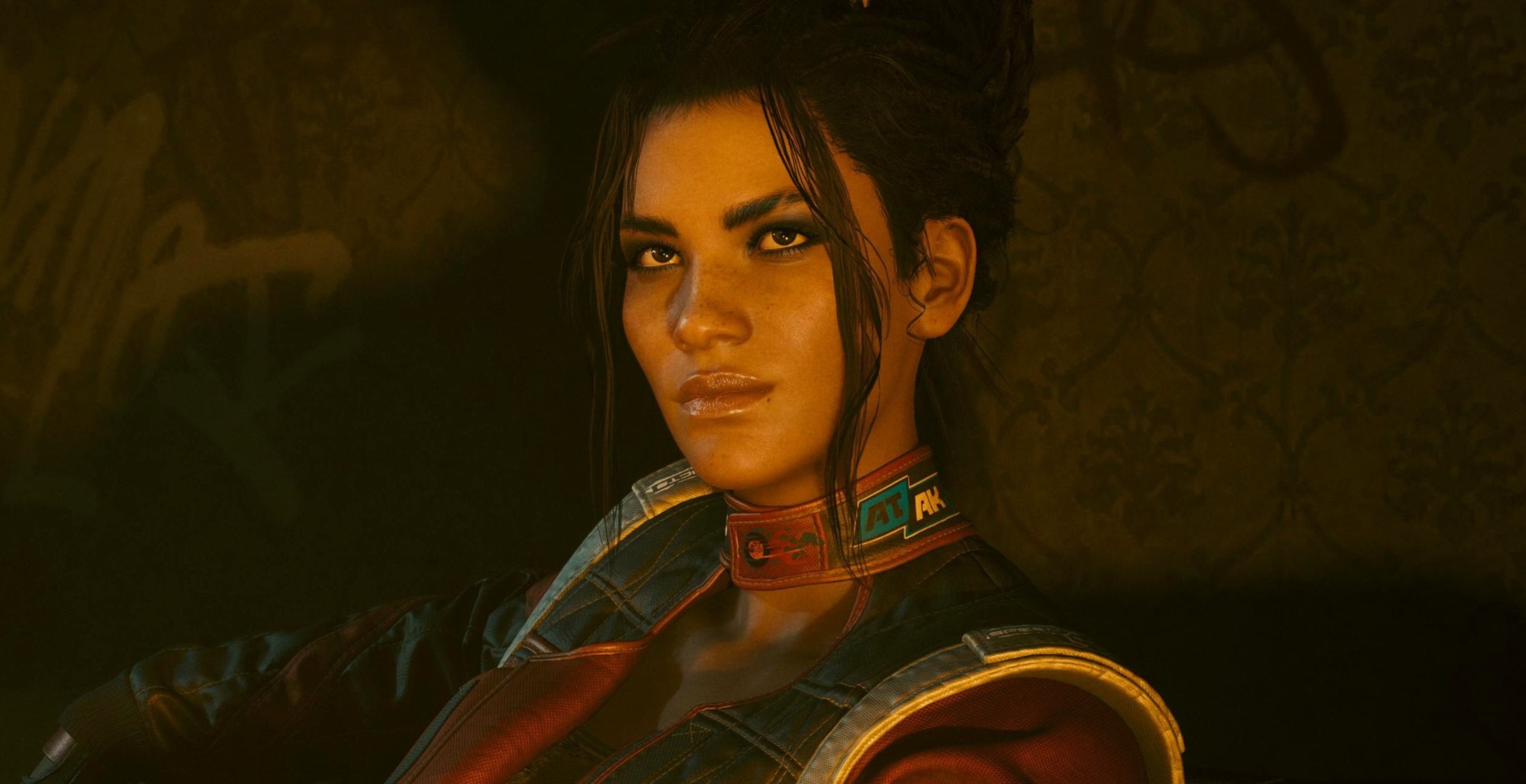:quality(70):focal(512x236:522x246)/cloudfront-us-east-1.images.arcpublishing.com/metroworldnews/WX66SSJX55F3DD4AVGVT4LAJ7Q.jpg)
Historia Del Real Madrid Club De Fútbol chronicles the captivating journey of one of the most iconic and successful football clubs in history. Founded in 1902 as Madrid Football Club, Real Madrid has evolved into a global phenomenon, amassing a staggering collection of trophies and capturing the hearts of millions worldwide. This article delves into the complexities surrounding Real Madrid’s rich history, examining its triumphs, controversies, and ongoing evolution in the ever-changing landscape of the footballing world.
In the early decades of the 20th century, Real Madrid established itself as a force to be reckoned with. Under the leadership of Santiago Bernabéu Yeste, the club won its first Copa del Rey in 1905, marking the beginning of an era of dominance that would continue for decades. Bernabéu’s vision and determination transformed the club into a formidable entity, earning it the nickname “Los Blancos” (The Whites) due to its iconic all-white kit.
The 1950s and 1960s witnessed the club’s golden age, with a legendary team known as the “Ye-yé” team. Led by the iconic Alfredo Di Stéfano, the team won five consecutive European Cups (now known as the UEFA Champions League) from 1955 to 1960. This period of unparalleled success established Real Madrid as a global powerhouse and cemented its reputation as a dominant force in the world of football.
In the early 2000s, Real Madrid embarked on an ambitious project to assemble a team of the world’s most talented players, known as the “Galácticos.” Florentino Pérez, the club’s president at the time, brought in star signings such as Luís Figo, Zinedine Zidane, and David Beckham. While this era yielded significant on-field success, including two UEFA Champions League titles, it also raised concerns over excessive spending and financial mismanagement.
Following a period of financial instability, Florentino Pérez returned as Real Madrid’s president in 2009, overseeing another transformative era for the club. Pérez invested heavily in the squad, bringing in top-tier talent such as Cristiano Ronaldo, Gareth Bale, and Karim Benzema. This period of sustained success culminated in an unprecedented four UEFA Champions League titles in five years, from 2014 to 2018, solidifying Real Madrid’s status as Europe’s most dominant club.
Real Madrid’s illustrious history is not without its share of controversies. The club has been embroiled in legal battles and allegations of corruption related to player transfers and financial irregularities. Furthermore, the intense rivalry with FC Barcelona, known as “El Clásico,” has often sparked heated discussions and accusations of biased officiating.
Real Madrid has transcended the realm of football, becoming a global brand and cultural icon. The club’s crest and white kit are recognized worldwide, and its matches attract a massive global audience. Beyond its sporting achievements, Real Madrid actively engages in social initiatives, supports youth development programs, and promotes diversity and inclusion in football.
Historia Del Real Madrid Club De Fútbol is a mesmerizing tapestry woven with triumphs, controversies, and continuous evolution. Throughout its existence, the club has played a pivotal role in shaping the global footballing landscape, captivating fans worldwide with its captivating performances. As the club continues its pursuit of excellence, its future is bound to be filled with both challenges and opportunities, ensuring that its captivating story remains an ongoing masterpiece in the realm of sports history.



